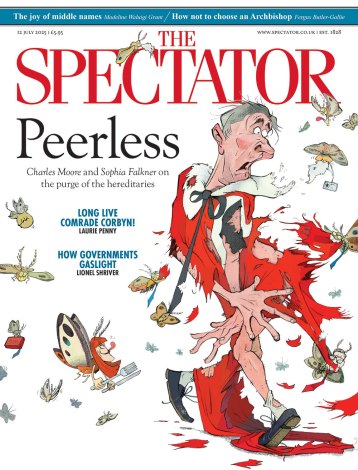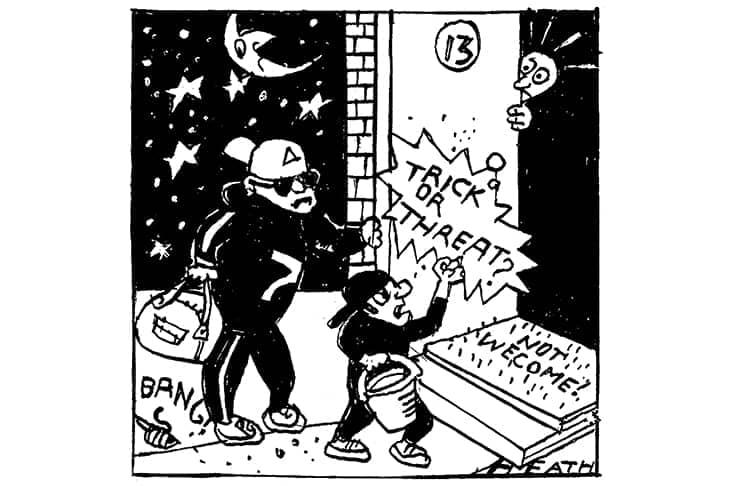You see them everywhere in vast orange mounds: pumpkins, piles of pumpkins, large enough to be turned into a coach in Whole Foods, a bargain 65p in M&S. Halloween, in terms of retail, means orange for pumpkin and black for witches. Round our way, a pumpkin outside the front door means that the household is receptive to tots and teenagers coming round in costume looking for sweets.
Pah! When I was small in Ireland, there was none of this pumpkin lark. We never saw pumpkins, except in Cinderella, where it was the exotic element of the story. Pumpkins are a visible symbol of what happened to All Hallows’ Eve, when the celebrations for the feast of ghosts and divination were taken to America with Irish emigrants… and then somehow came back again. And when Halloween returned from the New World, it was changed hideously. A night for ghost stories and simple games turned into a gore fest; the nuts and apples (and loose change) children collected in their scary costume from the neighbours turned into chocolates; and the humble turnip was replaced by a pumpkin.
Come again? A turnip? Yep, a turnip. Or properly, a swede turnip. These excellent root vegetables, popular in Ireland boiled, mashed and served with pepper, were sometimes hollowed out, carved with holes for a face and used as lanterns for lights or candles. The effect was charming. They’re much harder than pumpkins to carve, being solid all the way through, but the residue can be served up for dinner and is nice eaten raw, sweet in flavour. The turnip is obviously not one of those pre-Christian relics of the festivities themselves, having been introduced in the 19th century, but it’s still more solidly traditional than the American import.
In fact, the brilliant social historian Ronald Hutton in The Stations of the Sun observes that illuminated turnips were found in England too, chiefly in Somerset, ‘known as “spunkies” or “punkies”… being the common Somerset name for ignited marsh gas… The carved faces, outlined by the candle within, were taken in that district as warnings of death, and used to scare unpopular people’. A less plausible theory was that they represented the souls of un-baptised babies.
So, here’s my proposal. Let’s eschew the too-big, too-garish American pumpkin and replace it with the Irish/Scottish turnip. There is no way a turnip will rival a pumpkin in size, but do you really need something as big as a cauldron? If I could be bothered, I could probably make a case for the turnip being kinder to the planet, on the basis that it takes less water and less space to grow and is more likely to be eaten afterwards.
Actually, let’s get back to basics generally with Halloween. Let’s eschew the chocolate treats for that characteristic Halloween edible: barm brack, a yeasted fruit bread which you serve with butter and which has a ring inside — the finder will be the first to marry. Or colcannon: mashed potato mixed with cabbage or kale, which might hide a coin (for wealth) or a ring (for marriage).
Boo to pumpkins and all they stand for. Bring back proper Halloween.







Comments